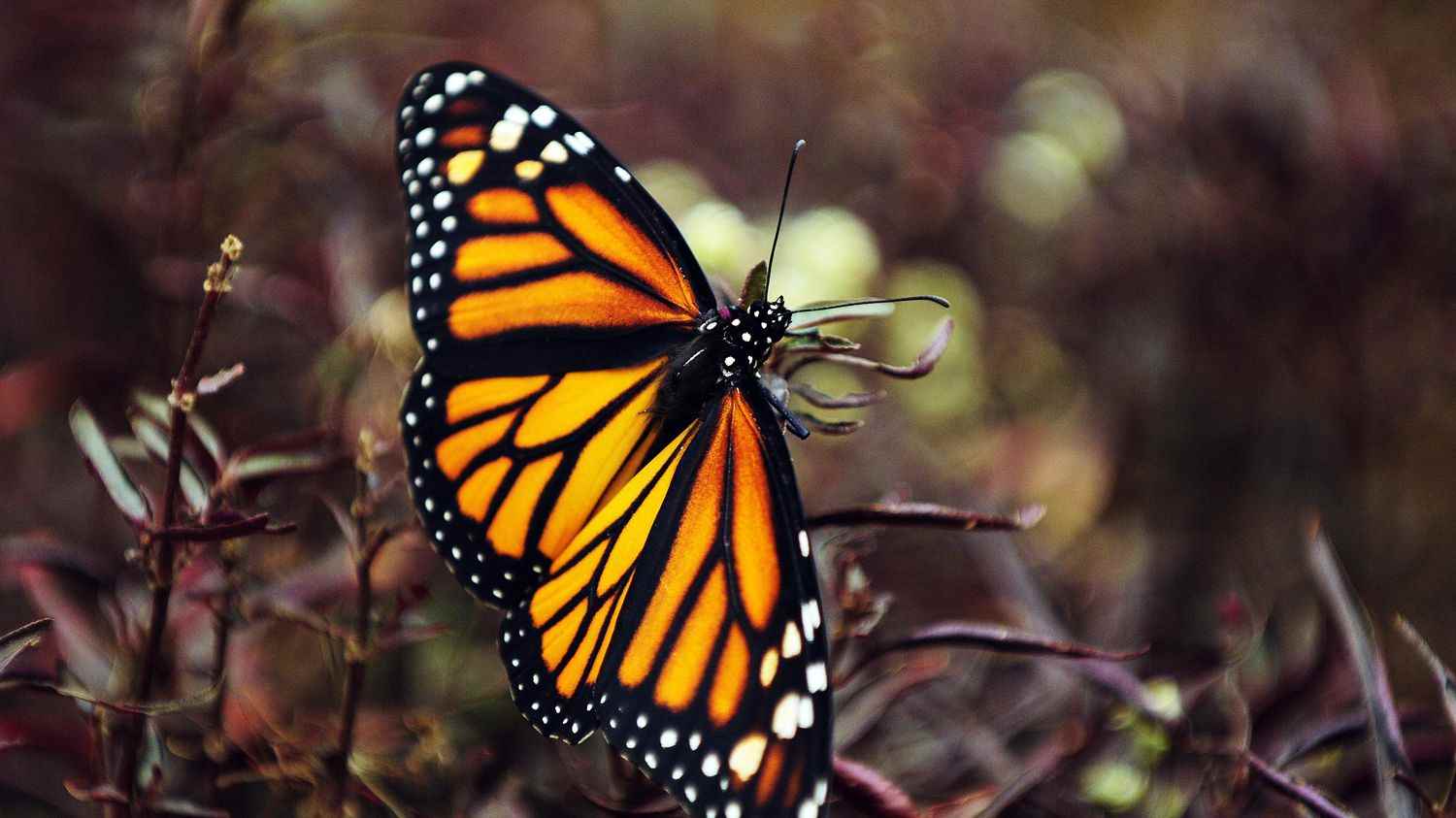The International Union for Conservation of Nature (IUCN) list of endangered species has been updated, and a total of more than 41,000 species are classified as endangered this year out of 150,000 studied. , 3,000 more than last year. Among them, the emblematic monarch butterfly in North America, a tireless migrator affected by the multiplication of forest fires and the destruction of its habitat. Bruno David is president of the National Museum of Natural History (MNHN), author with Guillaume Lecointre of the book “The living world” (Grasset, May 2022). If he finds this situation “very sad“, he notes that conservation measures work when they are applied, bringing a form of optimism.
franceinfo: What threatens the monarch butterfly species today?
Bruno David : It should be noted that on the American continent, 84% of its population has disappeared in the east and 99.9% in the west. There are hardly any left. We went from a million to a thousand butterflies only when they covered entire trees. They hung from the branches in huge clusters of absolutely magnificent butterflies in California or Mexico. All this is linked to different factors: if only the small plant on which they lay eggs in Mexico which is not doing very well. It should be added that migratory animals are more fragile than the others because they need to be able to survive all along their migration corridors. For monarchs, it’s 4000 km. The conditions must therefore be good over these 4000 km. They descend in one generation towards the south and after that, it takes several generations to go up towards the north, which makes it a rather complicated migration. All of this assumes that each of the intermediate stages finds an environment suitable for its survival, and this is less and less the case. It is enough that the chain is cut at a place and that does not work any more.
Which other species are mainly threatened today?
If we take the most threatened species by broad category, among vertebrates they are amphibians: all those that depend a lot on wetlands. Frogs, toads, newts, salamanders, all these species of amphibians are globally threatened. Afterwards, we have a few species of large fish. I recall the case of the Chinese spoonbill which was the largest in fresh water, which could be up to seven meters long and 450 kilos and which was declared officially extinct in 2019. It is a fish that lived only in the Yangtze, in China, and Beijing only banned fishing for it in 2020. There is a form of cynicism there, which is a bit despairing.
Conversely, we learn that wild tigers are 40% more numerous in the world than previously thought. How do we explain it?
It’s because we have preservation measures. We can really bring back biodiversity if we pay a little attention to things, if we pay attention to the occupation of spaces, if we pay attention to pollution, etc. Global warming escapes us a little, it is more global, but if we pay attention to a certain number of factors which exert strong pressure on biodiversity, it is resilient and can come back. So that should make us optimistic. For some time, the IUCN has also added a green list to its red list, to show the species that are off the red list and which are again considered to be less endangered.
It also means that you have to be optimistic because it means that if you are careful, it works”.
Bruno David, President of the National Museum of Natural Historyfranceinfo
A species can become perennial again, as long as we have not exceeded a low threshold, of course. If we go below a certain threshold, it is no longer possible: individuals can no longer reproduce among themselves and therefore we arrive at a total extinction of the species. But if not yes, there is always hope. We can be careful. It’s easier for us to take care of the big beasts than the little ones. But what is needed is really to preserve the habitats, to preserve the ecosystems, because then we know that we are preserving everyone a little bit.
